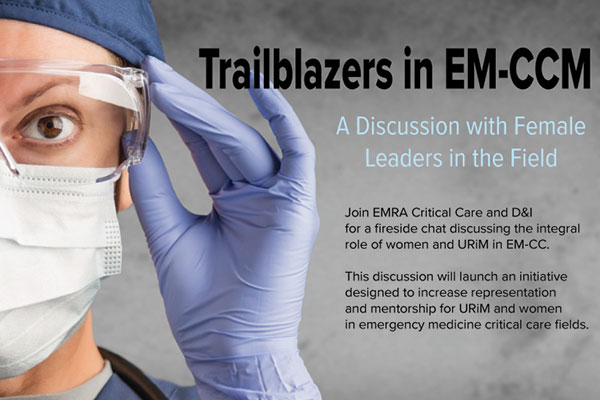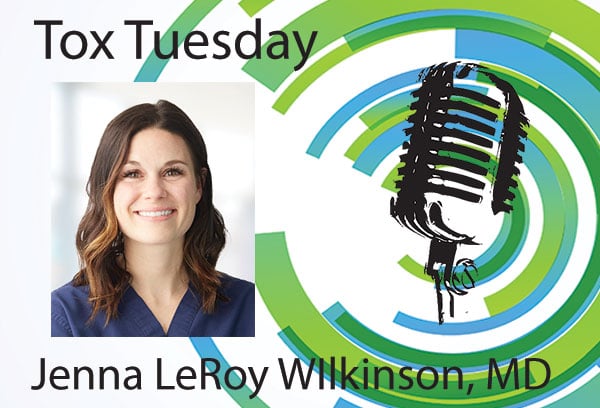Making the Most of your EMIG
Interest groups are essential to enhance student exposure to emergency medicine and provide a meeting ground for students, residents, and faculty with a shared excitement for Emergency Medicine.
A successful Emergency Medicine Interest Group (EMIG) provides a variety of experiences for members.
An effective interest group provides the following: programming to help students learn more about their field of interest, networking students with similar interests, mutually beneficial relationships with other organizations (i.e., EMRA and ACEP) and other medical student interest groups.
SKILLS LABS
Suturing, casting, and intubation workshops are always popular and can be a great opportunity for students, residents, and faculty to get together.
SPEAKERS
From general introductions to the specialty to clinically focused lectures or journal clubs, bringing faculty can always draw a lunchtime crowd.
SHADOWING
Establish shadowing opportunities for first-and second-year students to help foster interest in Emergency Medicine! Join in the department, or consider establishing EMS ride-alongs as well.
RESEARCH
Work with your local faculty and remind them that the interest group is a great source for potential research assistants! The group can serve as a liaison between interested faculty and experience-hungry students.
ADVOCACY
Get political with your state’s ACEP chapter – you can lobby at your state legislature or even join in the national dialogue at the Leadership and Advocacy Conference in Washington, DC.
EM PROGRAMMING
Join forces with your affiliated emergency department to develop academic programming to be included in medical school curriculum, including basic clinical skills, BLS, ACLS, and ATLS.
BUILD TO LAST
In order to maintain a sound EMIG now and for years to come, consider the following:
- Write a Constitution
- Maintain a strong budget by securing funding from your school
- Hold regular elections
- Maintain interest by engaging members with frequent events
- Elect an annual EMRA Representative for your EMIG
- See also: EMIG Leadership Structures
- See also: Running a Successful EMIG Meeting
GET INVOLVED!
- Become more involved with your local interest group
- Attend or even organize local Emergency Medicine events
- Join EMRA’s Medical Student Council to work with students across the country
Contact your reps with questions, and keep us up to date on your projects. Send us your EMIG websites by contacting EMRA or EMRA's Medical Student Council.
Related Content

Feb 25, 2021
Trailblazers in Emergency Medicine : CCM
The EMRA Critical Care and D&I Committees hosted a fireside chat discussing the integral role of women and URiM in EM-CC. This discussion will launch an initiative designed to increase representation and mentorship for URiM and women in emergency medicine critical care fields.






